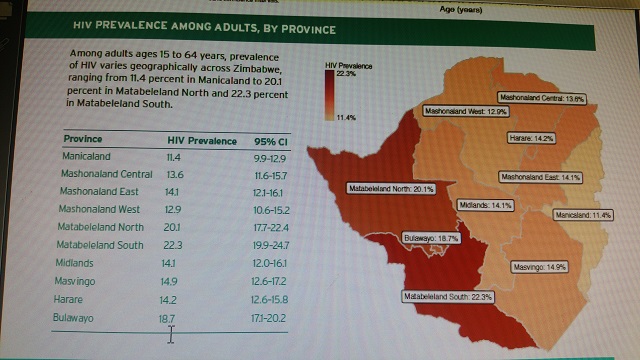EDITORIAL COMMENT: Govt, donors must share education costs

Without new funding, the Government will be unable to implement the skills-based new curriculum whose second phase is scheduled to start next year.
The new strategic thrust that the local education system is taking, one that demands the teaching of life skills for children from primary to secondary education, demands much investment which our suppressed fiscus cannot bear. Therefore, the Government has been actively seeking financial support from far and wide for the new curriculum to be implemented.
One revenue stream has been secured — a $20,6 million grant from the Global Partnership for Education (GPE). It is a four-year facility targeted at improving the performance levels of pupils, particularly the more than one million orphans and other vulnerable groups.
The Government has prioritised investment in education since independence. It has spent huge sums of money in foundational education, secondary education right up to tertiary level. That is why Zimbabwe has the highest literacy rate on the continent at 92 percent. That is why the country has one of the highest concentrations of schools in Africa. That is why the country has a state university in each of its provinces except one or two and a number of privately owned universities. That is why the country also has polytechnics in basically all its towns and cities as well as teachers’ colleges.
Donors played, and still play, a huge role in helping the Government build this infrastructure and in investing in the softer issues that make the education sector tick.
In the 2016 national budget, the Ministry of Primary and Secondary Education was allocated $810.43 million, which is about 20.3 percent of the $4 billion total budget and 5.7 percent of the Gross Domestic Product. The allocation was the highest a ministry got with other important ministries such as Home Affairs getting 9.9 percent, Defence, 8.9 percent and Health and Child Care at 8.3 percent.
Historically the ministry has been allocated the biggest chunk of the national cake, which demonstrates the Government’s commitment to ensuring greater access to high quality education.
That pattern should be maintained when the Minister of Finance Patrick Chinamasa presents the 2017 national budget on Thursday.
However, the sector has suffered drawbacks in recent years in terms of the quantum of the allocations versus the need. This is mainly due to the prevailing economic challenges.
Indeed the need for better education in terms of books, infrastructure, and manpower development and so on is far greater than what the Government can provide through its depressed resources.
The GPE facility will help plug that hole said Dr Lazarus Dokora, the Minister of Primary and Secondary Education on Friday.
“The Ministry of Primary and Secondary Education continues to work assiduously to meet the goals of our new skills-based Curriculum Framework 2015-2022. The Education Sector Strategic Plan 2016-2020 as guided by the Zimbabwe Agenda for Sustainable Socio-Economic Transformation blueprint and the 10-Point Plan, carries the burden of the new education policy to mobilise resources from as wide as possible,” he said.
“Consequently, it is my pleasure to announce today (Friday) that, in Siem Reap, Cambodia, the Board of Directors of the Global Partnership for Education has approved a $20,6 million grant for primary and secondary education in Zimbabwe.”
The grant, he said, would specifically support learners with special needs, non-formal access to education, teacher professional development, production and distribution of learning materials for the most disadvantaged schools and introduction of assessment systems from early childhood development (ECD) level to last year of secondary school.
The priorities that Dr Dokora’s ministry has identified are very important in delivering education to those in desperate need of it. We have tens of thousands of children who are orphaned or living in financially insecure households that lack the wherewithal to send them to school.
We also have those with special needs, who need special attention and materials like Braille literature, hearing aids which existing funding mechanisms cannot meet. In August, the Government announced that at least 17 000 ECD teachers were needed across the country.
Initiatives already in place cannot cater for these areas. This includes the Basic Assistance Education Model (Beam) and so on. The new $20,6 million grant will help assist the Government in ensuring that where Beam has failed it will be relied upon.
In addition to working through GPE and Beam, donors are also involved in other non-wage expenditures in education, such as providing teaching and learning materials. Unicef says last year Government spending in teaching and learning material amounted to $16,9 million compared to the $61,3 million from development partners through the Education Development Fund (EDF). In 2016, the EDF support to education is projected at $23,8 million compared to $13,1 million from the Government.
This is welcome but a situation where donors spend more on education than the Government is unsustainable and must be avoided. Thus, while we hail the GPE intervention and others through Beam, EDF and the like we demand that the Government takes primary responsibility to educate its people.











Comments